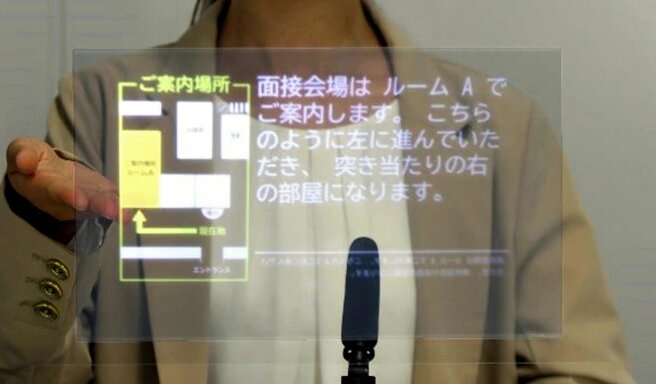
|
Getting your Trinity Audio player ready...
|
The promise of realtime translation opens up a world of communication beyond the basics of making yourself understood overseas. In the past, we scrabbled over the language barrier with travelers’ phrasebooks or a few lessons taken before departure. Then, in the 1960s, technology began to address the problem in the form of the SYSTRAN company and its initial focus on scientific and technical translations.
Fast-forward to 1997, and we were introduced to Babylon Translator. This offered one of the earliest popular translation software programs for Windows desktops, providing users with foreign language dictionaries and basic translation services.
2006 saw the launch of Google Translate, something many of us continue to use today. It later became available as a mobile app, beginning a revolution in realtime translation of text.
At Tech HQ, we’re all about current technology and something that caught our eye recently is Kyocera’s Cotopat system. Officially launched in Japan on August 17, 2023, but first introduced in 2021, Cotopat comprises a transparent screen that converts speech into text in realtime, displaying bidirectional translation between the two speakers.

Source: Kyocera
The initial beneficiaries are intended to be government officials, diplomats, and high-level negotiators, but as the technology’s price drops, it will no doubt be useful for tourists and those with hearing impairments.
How does Cotopat provide realtime translation?
Developed and launched by electronics manufacturer Kyocera Document Solutions, Cotopat offers a user-friendly display system that’s been extensively tested by Kyocera in real-world scenarios. It recognizes spoken words in real-time and displays the translated text, along with pertinent visuals in what’s best described as “live subtitles.”
Currently, it can translate to and from Japanese in five languages:
- Simplified Chinese
- Traditional Chinese
- English
- Portuguese
- Korean
- Vietnamese
Cotopat is designed to recognize the voice of each speaker, and can identify synonyms, homophones, and word boundaries. The spoken words are translated via a pre-trained AI. The system can be pre-programmed to recognize specific terminology, enhancing accuracy in specialist situations (medicine, law, engineering, utilities, etc.).
The transparent screen measures 12” x 7” (30cm x 18cm) and can be attached to any hard surface. The rendered text is large enough for viewers to easily read, plus Cotopat can pull in relevant imagery, like maps or diagrams, as the conversation develops.

Source: Kyocrea
Because the screen is transparent, people in conversation can see one another’s faces, which leads to a more natural experience – rather than each party talking into and looking at separate smartphone apps.
Cotopat has already been trialled successfully in 17 facilities in Japan, including Doshisha University and the Yokohama City Naka Ward Office. Preliminary tests found that Cotopat’s accuracy was an impressive 96%.
Similar realtime translation apps
Cotopat is by no means the only live translation service available. A mainstream example is Google’s Live Translate, available on its latest Pixel devices, starting with the Pixel 6 phone.
Live Translate is more than a reincarnation of Google Translate. Its features and functionalities are far superior, allowing users to translate language in realtime. One of the reasons Live Translate is exclusive to Pixel devices is that it uses Google’s Tensor chip (now on the G2 version), designed for the parallel processing required for machine learning.
Translations appear onscreen during phone calls, texts, and video calls, allowing users a relatively seamless cross-cultural conversation.
The Pixel 7 range now sports the Tensor G2 chip for ML on-device. Source: Google
There are several variations on this theme available from popular app stores, with varying use cases and specializations. If you’re looking for this type of function for the next time you head overseas, here are some further options:
- Languageio – “Automatic translation software for live, text-based conversational channels.”
- Boostlingo – Allows users to translate “Anytime, Anywhere, in Any Language.”
- Kudo – Offers live webinar translations with over “200 spoken and sign languages.”
- Stenomatic – Available in over 70 languages, Stenomatic offers “live translation and interpretation technology.”
- ModernMT – This “learns from linguists’ corrections in real time” and “improves from corrections and adapts to the context of the document. Like a human.”
GoogleThe age of realtime translation services is now maturing, in line with the power and abilities of the technology available to us. Learning to actually speak a foreign language to any degree will win the traveler smiles of recognition (or mirth, depending on ability), but in a pinch, today’s technology can provide at least a modicum of help.
Transporting a transparent screen around the world may not yet be entirely practical, but Cotopat likely represents one of the more advanced realtime translation tools available today.










